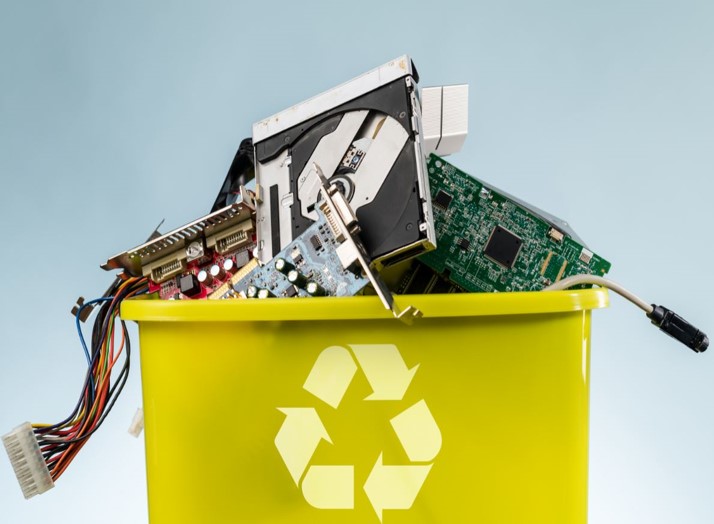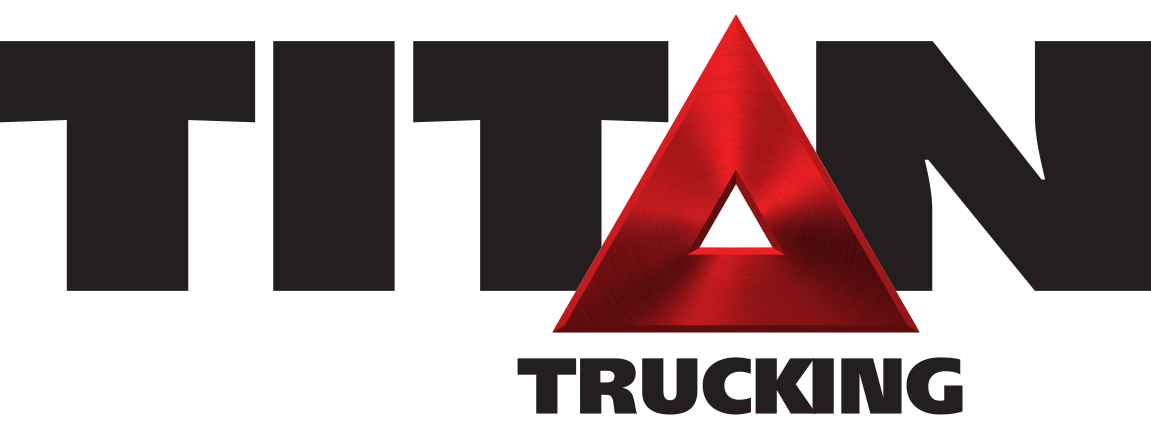What You Need to Know About Electronic Waste Recycling

Electronics have a short lifespan. An average cellphone will function without problems for less than 2 years. Computers and desktops last for 5 to 8 years, and most technicians believe that the average life of a laptop is between 3 to 5 years.
According to environmentalists, electronic waste or e-waste is becoming the most rapidly growing problem in the world. Every year, we produce more than 50 million tons of electronic waste, most of which ends up in landfills.
In 2019, China was the world’s largest producer of electronic waste. It alone produces more than 10 million metric tons of electronic waste each year. The USA is the second-largest producer of electronic waste and produces approximately 7 million tons of electronic waste annually.
Is Electronic Waste Harmful?
The electronic waste contains harmful chemicals and heavy metals, such as lead, mercury, arsenic, and chromium, that are toxic in nature. These toxic chemicals can seep deep into the soil and pollute our freshwater resources and farmlands. When humans and animals drink from these pouted freshwater resources (rivers, streams, and lakes) or eat food crops that are grown in these polluted farmlands, the toxins enter their bloodstream and poison their bodies.
Even low levels of lead, mercury and other toxins in the bloodstream can affect brain development, the nervous system, and hamper the normal functioning of our vital organs.
In a CNN report from 2018, it was mentioned that every year, approximately 412,000 deaths occur as a result of lead contamination in our food, water, and because of lead exposure at workplaces or landfills.
What is Electronic Waste Recycling?
Electronic waste recycling is the process of retrieving, reusing, and recycling the materials and components from discarded electronic goods to make new electronic devices like computers, laptops, cellphones, tablets and other electronic appliances.
Cell phones, in particular, contain gold, silver, copper, and other lithium-ion or cadmium batteries. These materials can be reused to make new cellphones without exhausting the current resources.
How is Much of the Electronic Waste Recycled?
According to a UN report from 2019, currently, less than 20% of all the electronic waste that we produce is formally recycled to make new products. The remaining 80% end up in the landfills in China, India, or other developing countries.
The electronic waste that we produce is every year is worth $62.5 billion. This is because one ton of electronic waste contains 100 times more gold than one ton of gold ore.
Only 19 states in the USA have laws that prohibit residents from discarding electronic waste in the trash. In other states, most of the electronic waste is disposed of. Around 40% of all the waste that is produced in the USA, Canada, and Europe is sent to Asia. But instead of being recycled, the electronic waste ends up in landfills and pollutes the environment and food chain, causing diseases and deaths.
How is the Electronic Waste Recycled?
Electronic waste recycling is a complex process. Electronic goods are specially manufactured devices that contain metals, glass, and plastic. Moreover, the release of toxic fumes and heavy metals during the recycling process reduces the number of parts that can be reused. Most often, it is only the valuable metals like gold, silver, copper, cobalt, or batteries that are collected from the recycling of e-scrap or e-waste and sent to manufacturing plants for reuse.
There are 3 basic steps for electronic waste recycling:
- Collection and Transportation of Electronic Waste:
Recycling plants either have their specific drop-off locations where people can dispose of their electronic waste or collection bins placed around the city. From these bins and drop-off locations, the e-waste is collected for recycling and transported to the off-site recycling plants.
- Sorting, Shredding and Separation of Electronic Waste:
At the off-site recycling plants, the e-waste is first sorted into recyclable and non-recyclable materials. The material that can be recycled, such as metals, glass, and plastic, is then shredded into small pieces that are 100mm in length. All the shredded pieces are then run through a series of filtering screens for further sorting.
Overhead magnets are used to separate iron and steel from the shredded pieces of glass, plastics, and other metals. A mechanical process is used to separate copper, aluminum, and circuit boards from the other shredded scrap. An advanced water technology separates glass pieces from plastics. All the separated waste is filtered further to ensure that all the waste material has been properly sorted and there are no signs of contamination.
- Selling Recycled Electronic Waste to the Manufacturers: Companies that manufacture electronic goods and devices are sold this recycled electronic waste as raw materials for their new products.
Benefits of Electronic Waste Recycling
According to the US Environmental Protection Agency (EPA), if 1 million cellphones are recycled, we can retrieve and reuse 75 pounds of gold, 772 pounds of silver, 35 thousand pounds of copper, and 33 pounds of palladium.
Moreover, by recycling 1 million laptops, we can save enough energy to power 3,500 homes in the USA for a year.
Electronic waste recycling conserves the environment and protects our health. The heavy metals such as lead, mercury and cadmium that are present in the electronic waste can be safely disposed of after the recycling of electronic waste, instead of polluting the air and soil near landfills.
In the book titled ‘Industrial Disasters, Toxic Waste, and Community Impact’ by Francis O. Adeola, it is stated that just the production of one computer along with its monitor requires 530 pounds of fossil fuel, 48 pounds of chemicals, and 1.5 tons of water.
Just imagine how much of our natural resources we can conserve if we recycle even 50% of the 50 million tons of electronic waste that we produce yearly?!
What Can You Do About Electronic Waste Recycling?
Here, at Titan National in Troy, Michigan, we understand the importance of conserving our environment. If you would like us to collect your electronic waste and send it to an authorized electronic waste recycling plant, then give us a call at 248-775-7400 and let us handle the rest.







